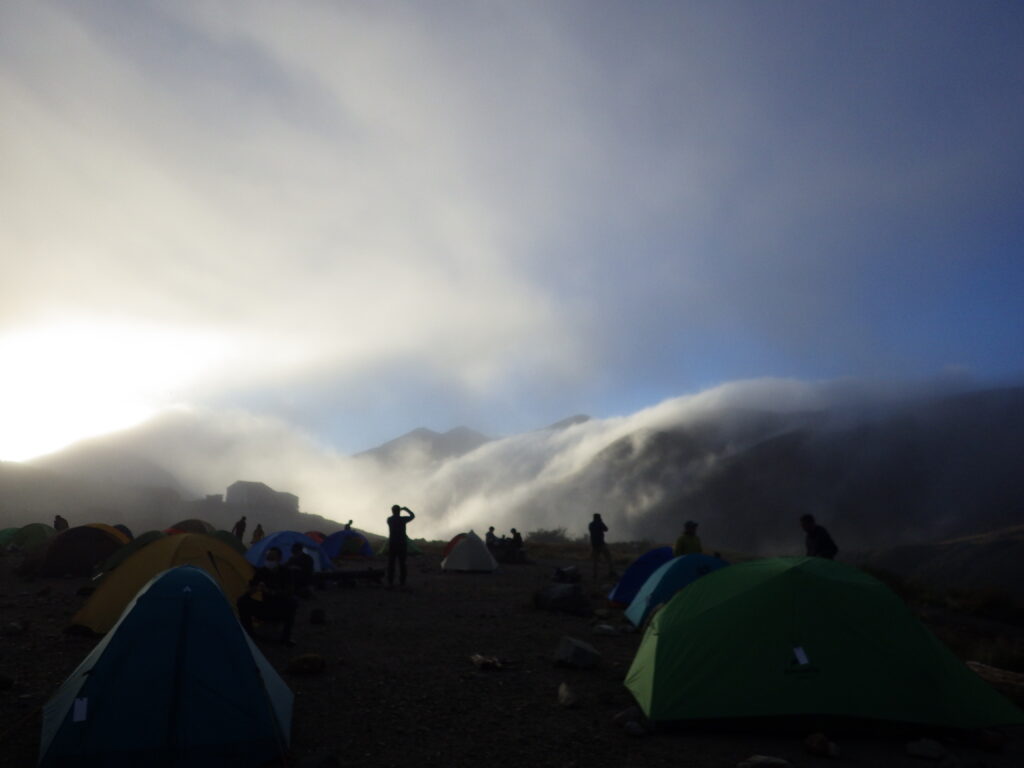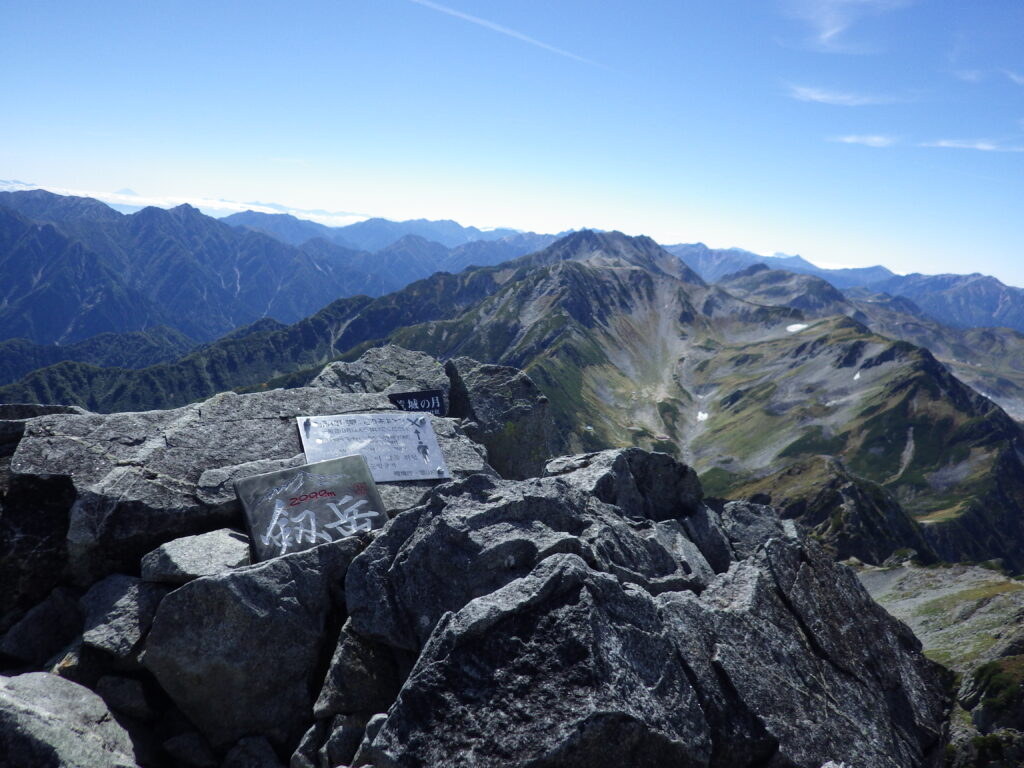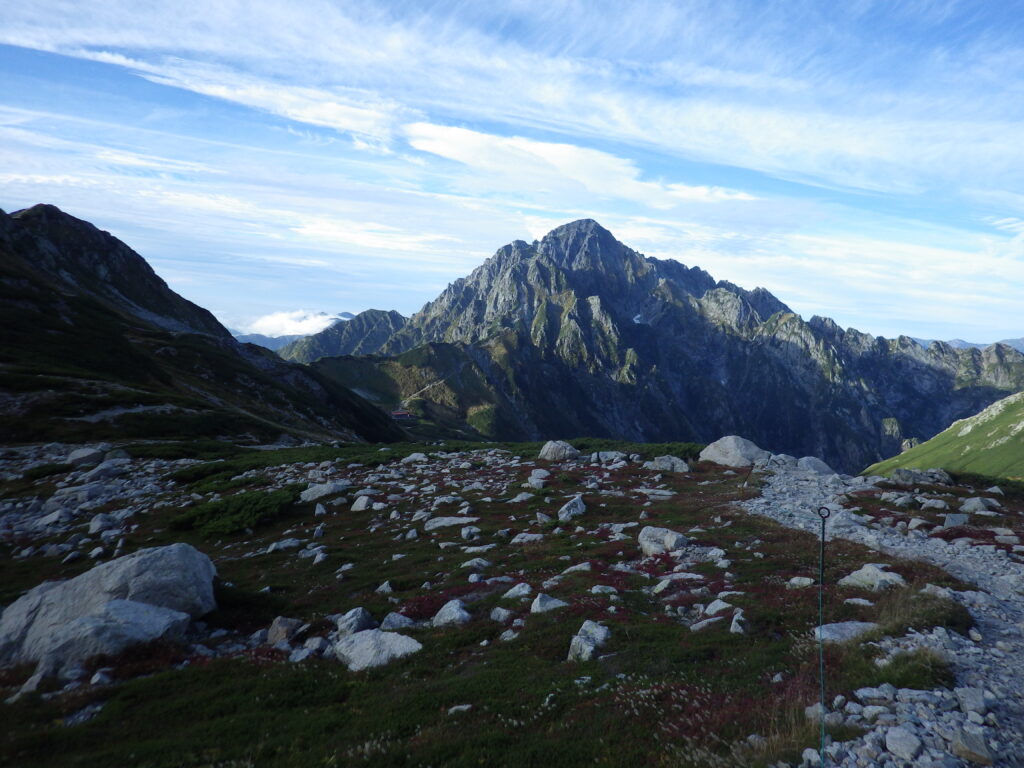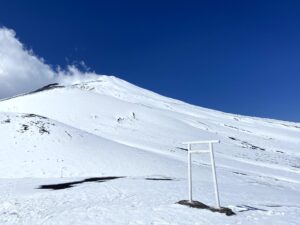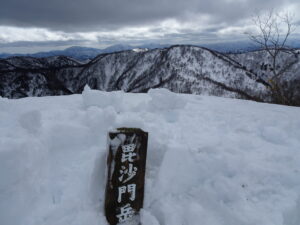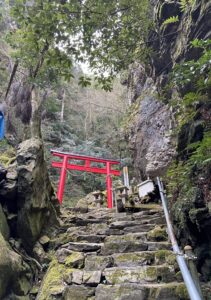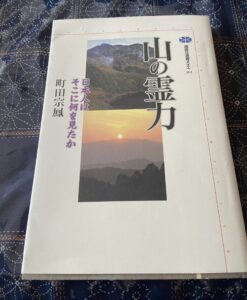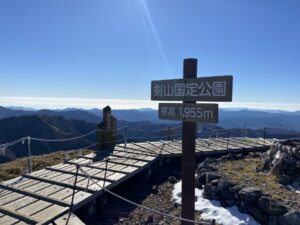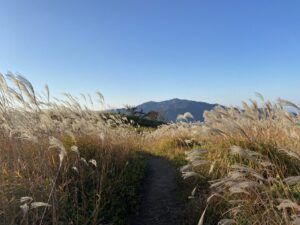Regarding the kanji representation of Mt. Tsurugi in the Northern Alps, it's a topic that has seen variations over the years. Some historical context might help clarify this. The use of "劒嶽" (read as "Tsurugi-dake") was an old notation, and according to topographical maps issued by the Land Survey Department in 1913, "劒" was used. The movie adaptation of Nitta Jiro's novel "Tsurugi-dake: Ten no Ki" also uses this older notation. In 2004, there was a change in notation from the 1:25,000 topographical maps to "前剱," "剱御前," and "剱岳." This change was made in response to a request from the town of Kamiichi, and with the consent of Tateyama Town. So, to clarify, in the Northern Alps, the correct kanji representation is indeed "剱岳" (read as "Tsurugi-dake"). Let's make sure not to mistake it with "剣" in the future. After World War II, there were efforts to switch to the new script style (shinjitai), which was advocated by the GHQ (General Headquarters of the Allied Occupation). Some might feel a bit frustrated by the idea that even the use of kanji characters had to be changed to accommodate the preferences of countries that primarily use the Latin alphabet. While writing this, I also realize that, like many others, I've become reliant on typing on keyboards, and my ability to write kanji characters by hand has dwindled in recent times. "Tsurugi-dake: Ten no Ki" is a novel based on the records of trigonometric points set by surveyor Yoshitaro Shibasaki in 1906. It provides a glimpse into the challenging world of mountaineering during the Meiji era, which was far more rigorous compared to modern times. The depiction of early mountain climbing clubs and the mountain attire worn by Nakamura Toru in the film were intriguing. The visuals were stunning, making it quite an impressive watch. When I watched the movie, I used to think that Mt. Tsurugi was an awe-inspiring mountain, seemingly unrelated to my life. However, last September, I had the opportunity to climb it. The view from the summit was truly breathtaking. I've posted that experience on the blog, and you can find the records there. During that climb, I encountered a harrowing incident involving a slip on the Tatebai slope, and I had to witness the entire rescue operation while waiting. It was a tough experience. On a clear day, as I enjoyed climbing the same mountain, I couldn't help but feel heartache when I thought about the person who had slipped so close to me. With tears in my eyes, I somehow managed to reach the summit. There, in perfect tranquility with no wind, the 360-degree panoramic view stretched out before me. While many climbers relaxed as if nothing had happened, I stood there for a while in a daze, gazing at the surrounding mountains. In the Tateyama faith, Mt. Tsurugi is described as the "Mountain of the Needle of Hell" or "Sword Mountain," and there was a belief among the people of Etchu Province that it was a mountain one should not climb. I can't help but think that if the people of the past saw the many climbers of modern times on Mt. Tsurugi, they would be truly astonished. For me, Mt. Tsurugi was a mountain that made me truly appreciate the rigors of mountaineering.
